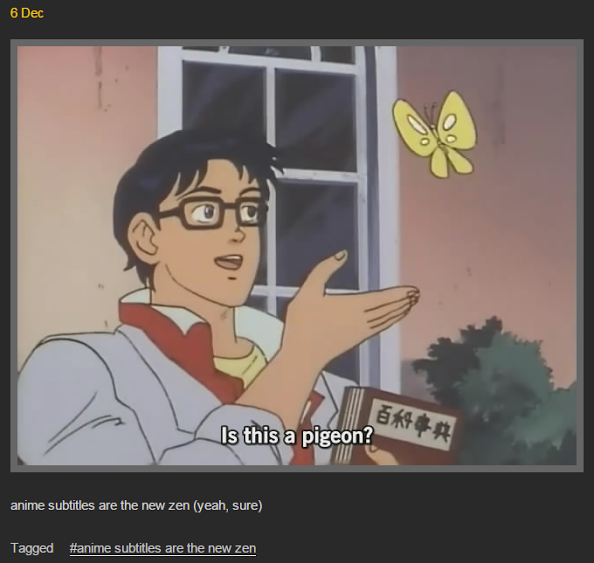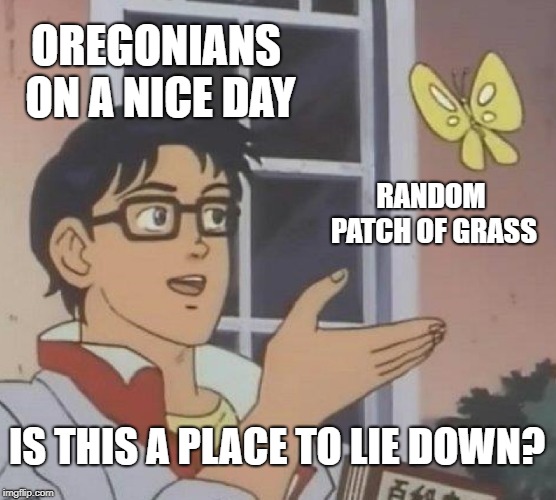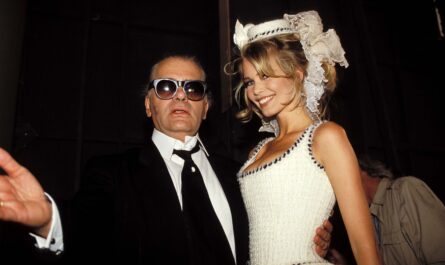By Jessica Baker
Memes. They’re everywhere on social media – some people communicate almost solely through them (I’m not pointing fingers but the amount of memes I get from my spouse on a daily basis is… excessive).
In this paper examining memes through semiotics, the author examines the impact of “symbol” on our understanding of “meaning.” They then explore several well-known memes and their meanings. Even before I saw the posting date, I knew the paper was from a few years ago, as the memes the author investigates are certainly ones that were in widespread use, but in recent years have been largely forgotten.
I’m interested in how memes form and persevere, as they are a truly unique part of our internet and social media interactions. The properties of Networked Publics are persistence, replicability, searchability, scalability, and (de)locatability – to examine the prevalence and persistence of memes in the social sphere, I focused on these properties as a lens through which to view memes.
Memes, for those that may not know, are usually viral pictures that have text laid over the photo. Typically the photo is the first thing to be viral, and then users change the text. There are also viral photos without text, as well as catchphrases such as “same,” “big mood” or “be gay, do crime,” but for this I wanted to focus on text and photo memes.
The “Is this a Pigeon” meme that I used at the beginning of this blog was one that popped up in my social spheres last year. The origins, according to KnowYourMeme.com, is from a 1990s anime in which a character asks if a butterfly is a pigeon. At first it was just a funny picture with various subtitles or other photos superimposed over it, but last year (when I first saw it) there were a lot more instances of the original image with labels on the butterfly, the character, and added dialogue.
This illustrates the property of persistence – the image that is the basis for this meme is over twenty years old. The first post that KnowYourMeme.com lists is in 2011, and then there was a resurgence last year in 2018. This meme stayed in the collective consciousness throughout those years and is a great example of how something on the internet never goes away.

Indizi dell’avvenuta catastrofe
The initial post was found on Tumblr, but the meme has since spread to Facebook, Instagram, Twitter, Imgur, and many other social media platforms or user-generated content sites. The initial context was the Tumblr user suggesting that the subtitle was a mistranslation, but it has since been replicated on other platforms as a meme to convey confusion or disbelief.
Here we see replicability come into play; the meme had an original context on Tumblr (or even further back, as part of the anime in the 1990s), and then was copied to various platforms and had the meaning change entirely.
To look at the searchability, all you have to do is to type “is this a” into any search engine, and you will find many instances of this meme, including a meme generator to make your own, and the KnowYourMeme.com entry. Someone searching for it wouldn’t even have to know that it was originally “is this a pigeon?” to be able to find it.
Finally, examining the scalability and delocatability of the meme – you can see how broadly this meme spread in such a short amount of time. A perfect example of how deeply it had entered into the common vernacular is that Netflix tweeted out this meme in May 2018 – and was widely retweeted. This meme also could be used in a specific location-based context, like this meme I made above, or they can be broadly understood and can reach many different people across the internet.
I am always fascinated by how memes and meme culture evolve and change – for a negative example, just look at how the alt-right co-opted Pepe the frog. While we may never move completely away from the written word as communication, I am curious to see how we continue to evolve new ways of communicating as a digital society.
Send me memes! Find me on Twitter at @coast2coastjrb or on Instagram at @jessicaruthbaker.




I appreciate this perspective. I remember when memes were first a thing and we were all (or was is just my circle?) saying “me-me”. Anyway, they’ve only gotten better and better and add a richness to my social media user experience. I will also say that I started using memes and gifs more often and stopped posting original content as often. Memes (and I am sure other factors) let me slide comfortably into “joiner” status.
Jessica, I’m so excited you made a blog about memes. They really have become a central form of communication. I definitely remember when they started appearing mostly on Tumblr, but now they are everywhere. It’s awesome how a “template” of a meme can be altered to anything and be relatable to others. Do you think this is mostly a form of communication for millennial’s and generation z’s? My parents don’t always understand a meme, and my grandparents especially don’t. I appreciate their appearances on my social media platforms and my DMs are always open for memes.
I really enjoyed how you broke down the concept of meme’s. I agree with you and think it is a super interesting new visual that has blown up in the social media world. It is crazy how a picture and a few words can say so much and resonate with so many people. I appreciate your perspective on this as well and like you am guilty of loving these. It’s fascinating how fast these can spread and how much controversy and talk can come from something that seems so simple.
This blog post is very interesting to me because I am not a very active meme-er. I do not follow a ton of meme accounts so I really only see them if a friend sends them to me or reposts them. I think they are super funny, I just do not really know where to find the good ones. If I am in a meme-y mood and I am discussing a particular subject I usually just google “_______ memes” for example “Monday morning memes” “Excited memes” etc. The same goes for when I want to use a gif in a text conversation, the search bar comes in handy.
I really enjoyed reading this blog post! It was very interesting to see another person’s views on memes and how perspectives differ. Before this year, I was never huge on memes. More recently, though, I’ve been using them, seeing them on my feed more frequently, and sending them to friends and family way more than I used to. It’s also very interesting to me that the person who makes these different memes could easily be from a different place in the world, but still make memes that are so relatable people everywhere.
This is such a great post! I like how it breaks down “meme culture” for people who may not understand it, while also providing a deeper level of analysis for people who do. One aspect that might be worth considering, in the event you ever write another blog post on memes, could be the connection to hip-hop and remix culture. Similar to memes, both of these expressive avenues derive uniqueness from reordering existing content in an original way.
I find this blog to be interesting because I have never really thought that deep about memes and where they come from. It is crazy how we can change the meaning from the original so many times, yet never really know the actual context that was intended by the original. I like how you talked about how memes are an example of how nothing really leaves the internet, which I think is an important lesson for anyone who uses social media.
Jessica, I love the meme that you chose to focus on! The image is from Sailor Moon, one of my favorite anime of all time. Like you said, it’s so interesting to me how media that’s over 20 years old can still go viral today. One thing that I’ve noticed about memes is that people sometimes take them too far (they can get tiring after awhile). Do you think the meme craze will persist? Or do you think that it will die out eventually?
Hi Jessica,
Love that you chose to delve into memes as the topic for your post. I’ve never really thought about a meme’s origin until now, which seems crazy thinking about how many memes/gifs many of us come across daily through social media platforms. I, too am always fascinated with how an image and a few simple words can be so relatable to many different people and the ways it can heighten a conversation. Thanks for sharing the know your meme link!